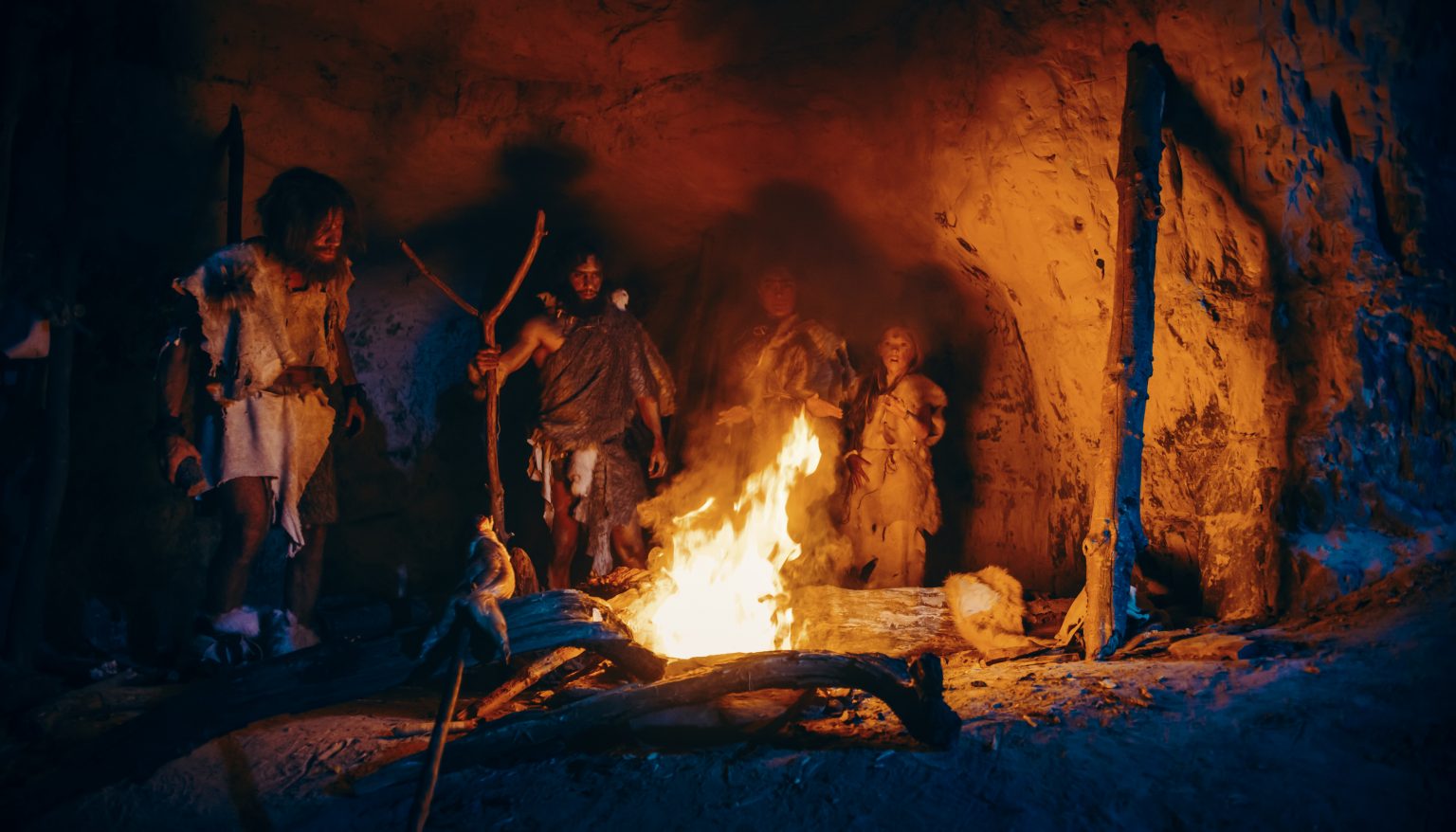Researchers Examined Ancient Hearths And Redefined Their Understanding Of Neanderthal Behavior In The Process

A team of researchers discovered six Neanderthal hearths at a Paleolithic site in Spain called El Salt.
The hearths were formed over 200 to 240 years and were most likely created decades apart from each other.
The technique the researchers used to analyze the hearths has been described as a significant archaeological development that could help reveal more about the behaviors of prehistoric humans.
Establishing the timeline of human activity during the Paleolithic period, or Old Stone Age, has been one of the most difficult tasks for archaeologists to figure out.
The Paleolithic period goes all the way back to about three million years ago, when stone tools were first used, and lasted until around 12,000 years ago.
It is a challenge because dating techniques have many limitations. For example, radiocarbon techniques are unable to date samples older than 50,000 to 60,000 years. Other approaches can produce results that are off by several thousand years.
“Although it has been proposed that Paleolithic hunter-gatherers were highly mobile, key aspects of their lifestyle, such as the time between camps and the size of traveling groups, remain unclear,” wrote the authors of the study.
“Complexity in the formation of Paleolithic sites makes it difficult to single out human occupation episodes and resolve the time between them.”
To address this issue, a research team led by Ángela Herrejón-Lagunilla of the University of Burgos in Spain examined 52,000-year-old hearths at El Salt by conducting archaeostratigraphic analyses.
Gorodenkoff – stock.adobe.com – illustrative purposes only, not the actual people
Sign up for Chip Chick’s newsletter and get stories like this delivered to your inbox.
This technique helped the researchers work out the order in which the hearths were created through their positioning in the sediment layers.
It interprets the signatures of the Earth’s past magnetic field from burned archaeological remains. The burnt materials contain evidence of the intensity and the direction of the magnetic field at the time the last fire was made.
The analyses showed that the Neanderthal hearths were formed decades or even a century apart, allowing the researchers to place the activities on a more accurate timeline.
“When we excavate archaeological settlement areas, we assume that they are the result of many events of human activity, but until now, we did not know exactly how much time had passed between these activities,” Santiago Sossa-Ríos, a co-author of the study and a researcher at the University of Valencia in Spain, said.
“We did not know whether it was decades, centuries, or thousands of years.”
Neanderthals went extinct around 40,000 years ago. The sites where they created fires can provide important information about their lives.
The new findings also suggest that Neanderthals were often on the move, but in some cases, they may have gone back to previous settlements after many years but still within the span of individual lifetimes.
In the future, the technique applied in this study may even be of great help in other archaeological contexts.
You can see the study here.
Welcome to Billionaire Club Co LLC, your gateway to a brand-new social media experience! Sign up today and dive into over 10,000 fresh daily articles and videos curated just for your enjoyment. Enjoy the ad free experience, unlimited content interactions, and get that coveted blue check verification—all for just $1 a month!
Account Frozen
Your account is frozen. You can still view content but cannot interact with it.
Please go to your settings to update your account status.
Open Profile Settings